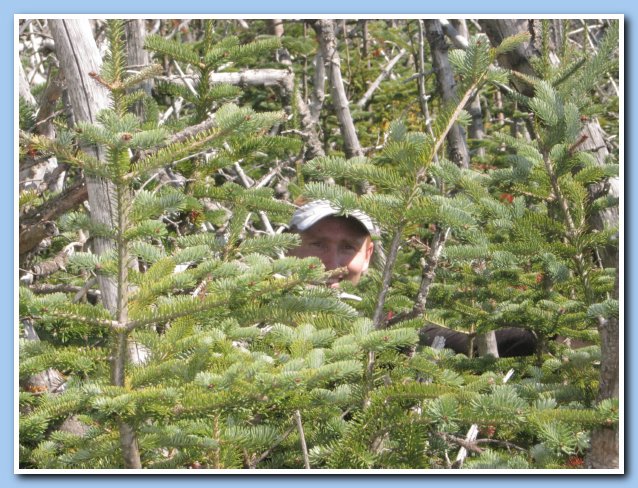bristlecone
New member
What is the average 'on-foot' speed through fir waves? I'm a very vague time/distance keeper of my own travels, but impressionistically, I think I progress at about 3 hours per mile (0.3 mph).
This is an empirical question, thus begs data. What better source of collective wisdom than vftt?
[size=-2]As incentive to respond (and please don't let it bias the data), I seek this information in part to make the argument that tropical jungles are not at all the most impenetrable form of natural vegetation on Earth, even where laced with rattan.[/size]
This is an empirical question, thus begs data. What better source of collective wisdom than vftt?
[size=-2]As incentive to respond (and please don't let it bias the data), I seek this information in part to make the argument that tropical jungles are not at all the most impenetrable form of natural vegetation on Earth, even where laced with rattan.[/size]

